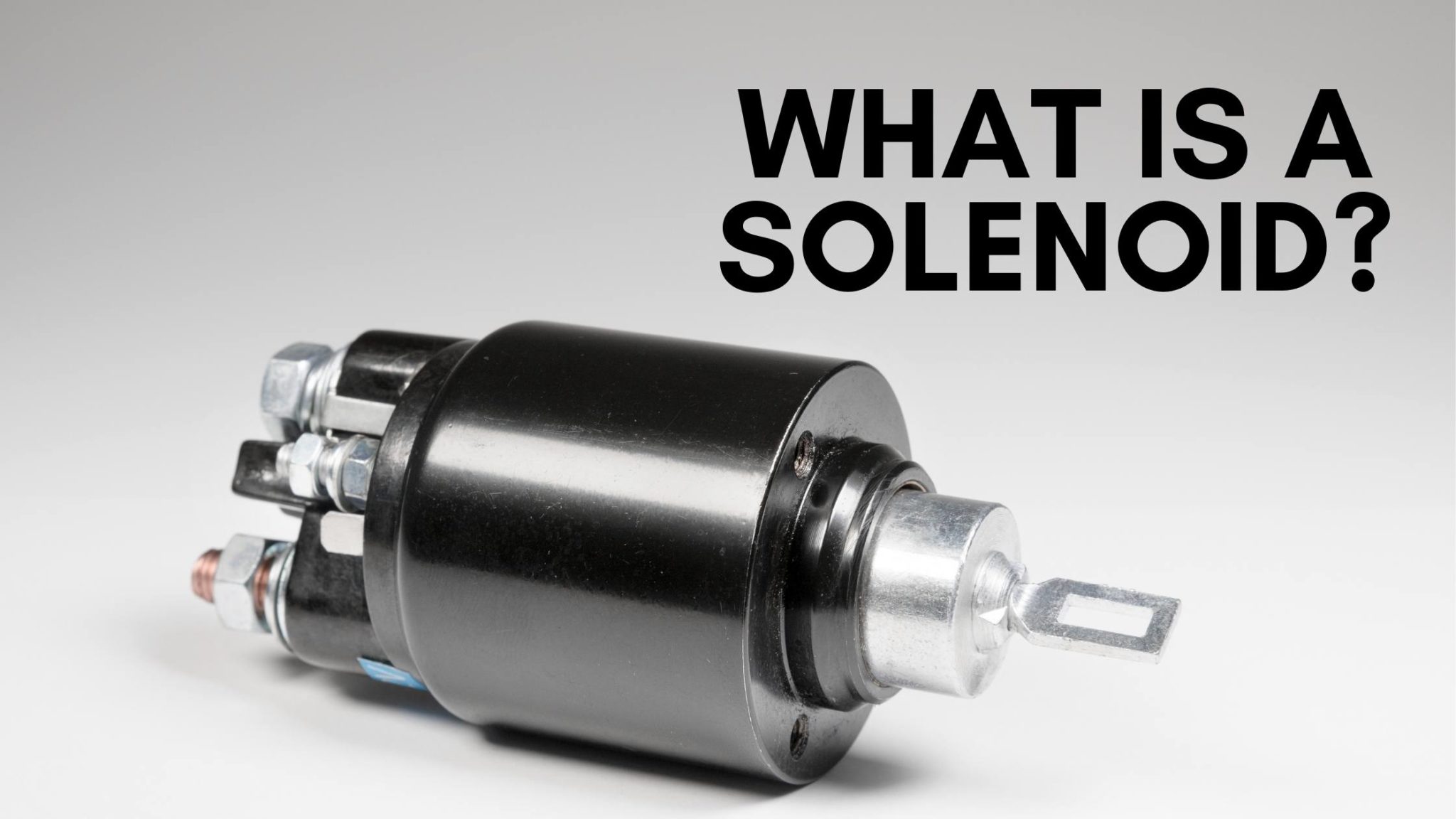Shift solenoids play a crucial role in the smooth functioning of automatic transmissions, but when they fail, they can cause a range of issues that can impact your driving experience. If you suspect a problem with your shift solenoids, it’s essential to diagnose and repair them promptly to avoid further damage to your transmission. This comprehensive guide will empower you with the knowledge and steps needed to diagnose and repair shift solenoids, ensuring your vehicle operates at its peak performance.
Experiencing transmission problems? Shift solenoids might be the culprit!
Shift solenoids are electromagnetic valves that control the flow of transmission fluid, enabling smooth gear changes. When they malfunction, you may encounter delayed or rough shifting, erratic gear changes, or even complete transmission failure. Ignoring these symptoms can lead to costly repairs down the road, making it crucial to address shift solenoid issues promptly.

A Comprehensive Guide To Diagnosing And Repairing Shift Solenoids
This comprehensive guide will guide you through the process of diagnosing and repairing shift solenoids effectively. We’ll cover the symptoms, diagnosis, repair steps, and preventive measures to ensure your transmission operates smoothly and efficiently.

What are Shift Solenoids? The Building Blocks of Transmission Control
Shift solenoids are electromechanical devices that regulate the flow of transmission fluid to engage and disengage gears. They receive electrical signals from the transmission control module (TCM) to shift gears smoothly and at the appropriate time. When a shift solenoid fails, it can disrupt the transmission fluid flow, leading to various transmission problems.


History and Evolution of Shift Solenoids: A Journey of Innovation
Shift solenoids have undergone significant advancements over the years. Initially, mechanical linkages controlled gear shifting, but they were prone to wear and tear, resulting in imprecise shifting. The introduction of electronic shift solenoids revolutionized transmission control by offering faster, smoother, and more efficient gear changes.


Unveiling the Hidden Secrets of Shift Solenoids
Shift solenoids play a critical role in transmission operation, but their inner workings remain a mystery to many. This guide will delve into the intricate details of shift solenoid construction, including their electrical components, fluid passages, and sealing mechanisms, empowering you with a deeper understanding of these essential transmission components.


Expert Recommendations: Tips for Shift Solenoid Maintenance
Regular maintenance is key to ensuring optimal shift solenoid performance. This guide will provide expert recommendations on how to maintain your shift solenoids, including regular fluid changes, transmission filter replacements, and electrical system inspections. By following these tips, you can extend the lifespan of your shift solenoids and prevent costly transmission repairs.

Shift Solenoid Troubleshooting: Identifying and Resolving Issues
Diagnosing shift solenoid problems requires a systematic approach. This guide will cover various troubleshooting techniques, including symptom analysis, diagnostic codes, and electrical testing. We’ll walk you through the steps to identify the specific shift solenoid that’s causing issues, ensuring efficient and accurate repairs.


A Comprehensive Guide To Diagnosing And Repairing Shift Solenoids
Replacing a faulty shift solenoid involves careful disassembly and reassembly of the transmission. This guide will provide detailed instructions on how to perform a shift solenoid replacement, including safety precautions, step-by-step procedures, and torque specifications. By following these instructions, you can confidently restore your transmission’s functionality.

What Happens If…: Exploring Shift Solenoid Failure Scenarios
Ignoring shift solenoid problems can lead to more severe transmission issues. This guide will discuss the potential consequences of shift solenoid failure, including transmission slipping, overheating, and complete transmission failure. Understanding these risks will emphasize the importance of timely diagnosis and repair.


A Comprehensive Guide To Diagnosing And Repairing Shift Solenoids
To prevent shift solenoid problems, regular maintenance and proper driving habits are essential. This guide will provide a comprehensive list of preventive measures, including avoiding aggressive driving, maintaining proper fluid levels, and adhering to recommended service intervals. By following these recommendations, you can minimize the risk of shift solenoid failure and ensure your transmission operates smoothly for years to come.

Questions and Answers: Addressing Shift Solenoid Concerns
Here are some frequently asked questions and answers about shift solenoids to address common concerns and enhance your understanding:
- Q: Can I repair shift solenoids myself?
A: Shift solenoid repair requires specialized knowledge and tools. While this guide provides valuable information, we recommend seeking professional assistance for complex repairs.
- Q: How long do shift solenoids typically last?
A: Shift solenoid lifespan varies depending on driving habits and maintenance practices. With proper care, they can last for over 100,000 miles.
- Q: What are the symptoms of a failing shift solenoid?
A: Common symptoms include delayed or rough shifting, erratic gear changes, and transmission slipping or overheating.
- Q: Can shift solenoid problems cause transmission failure?
A: Yes, neglecting shift solenoid issues can lead to severe transmission damage, including complete failure.
Conclusion of A Comprehensive Guide To Diagnosing And Repairing Shift Solenoids
By understanding the principles, diagnosis, and repair techniques outlined in this comprehensive guide, you can effectively address shift solenoid problems and ensure the smooth operation of your transmission. Remember to prioritize regular maintenance, follow the recommendations provided, and seek professional assistance when necessary. With proper care and attention, your transmission will serve you reliably for many miles to come.
